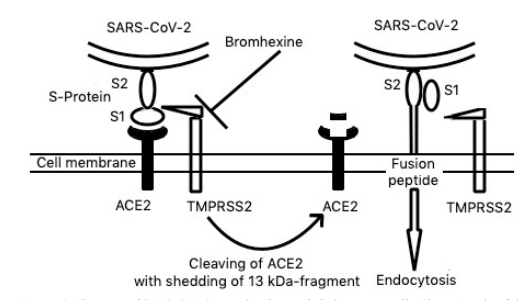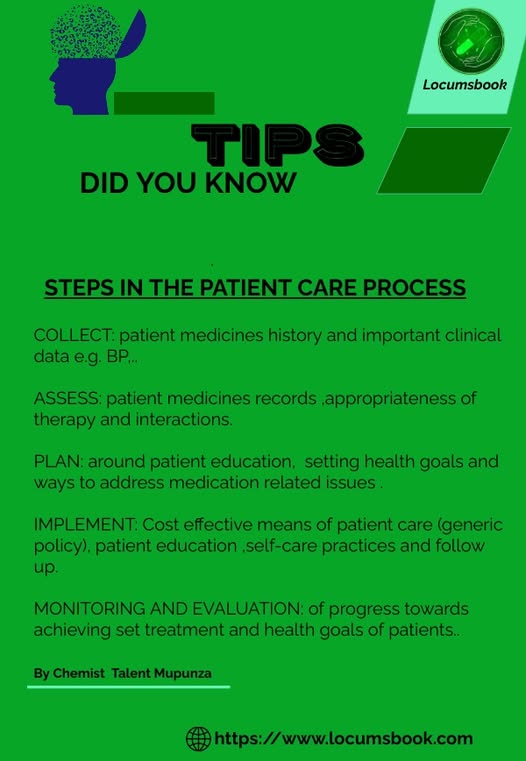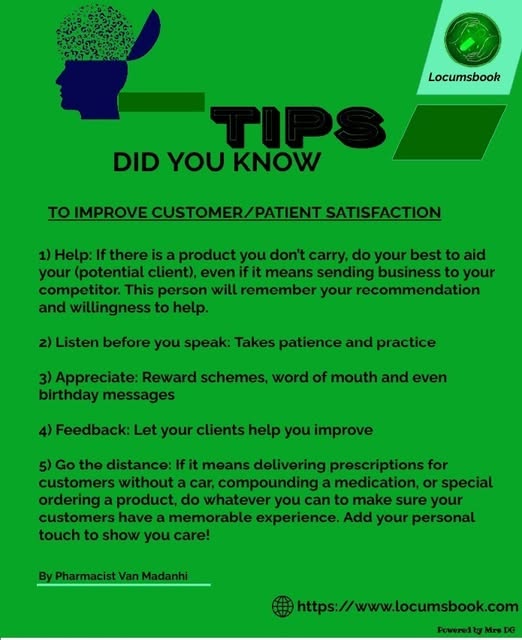Bromhexine As A Potential Covid-19 Prophylactic
a) Bromhexine hydrochloride is a TMPRSS2 protease blocker that is thought to preclude the penetration of SARS-CoV-2 into cells; b) prophylactic treatment with bromhexine hydrochloride reduces the rate of clinical infection among medical workers who manage patients with COVID-19
Featured Blogger
August 17, 2025
12/08/20
This is a review of the article; Stepanova. D, & Lierz. P. Bromhexine Hydrochloride: potential approach to prevent or treat early stage covid19, department of anesthesiology, intensive care, pain management and palliative care, 2020
In this article the key points expressed by the authors are the different dimensions of clinical therapy in relation to covid19, by exploring the use of a regular mucolytic in the fight against the global pandemic covid19 (sars-cov2). The covid19 virus infects alveolar cells by entry through the transmembrane serine protease termed TMPRSS2. With this discovery a range of studies in Japan and South Korea have been aimed at the use of camostat mesylate, a known inhibitor of TMPRSS2 for the prevention and early treatment of covid19. The authors of this article shift their attention to a more common drug which is already in use, bromhexine hydrochloride, it is known to have the same inhibition of TMPRSS2 as camostat mesylate and has only a few minor side effects.
Through exploratory factor analysis, the researchers were able to acknowledge the possible use of bromhexine hydrochloride for prevention and early treatment of covid19. The pandemic has become growing global concern with over 18 million infections and 700 000 deaths at the time of writing. Although the case to mortality ratio signifies a disease with low fatality it should be noted from a study done in China, Wuhan that 86% of patients who required invasive ventilation and 79% of those who had noninvasive ventilation lost their lives in intensive care.
These high mortality rates in the ICU prompted researchers to invest in safe, preventative treatments and care. The focus is on finding a treatment that prevents development or progression from mild disease to respiratory failure. Investigation by earlier studies noted that SARS-COV2 (COVID19) uses a similar mechanism to SARS-COV in the way it penetrates the alveolar epithelial cell by the use of the transmembrane protease serine type 2 (TMPRSS2).
In small detail the virus binds to a pneumocyte angiotensin converting enzyme 2 (ACE2) and then gets cleaved by the TMPRSS2, this then leads to the release of fusion proteins allowing entry of the virus through endocytosis. Pathogenesis is facilitated by the cleaving of ACE2 By TMPRSS2 resulting in the shedding of a 13kDa-fragment that augments viral entry thereby promoting viral spread. Logically, according to authors the TMPRSS2 protease could serve as a site for blocking penetration.
This study also takes into account clinical variables which can affect clinical outcome hence they make refence to an ongoing clinical trial in Denmark which involves 180patients investigating the efficacy of camostat. Camostat is predominantly known in Asia and in this article the researchers focus on an alternative drug Bromhexine hydrochloride. Bromhexine is an alkaloid obtained from Adhatoda vasca. It is licensed and approved for use as a mucolytic by a number if nations around the globe. The drug shows first order pharmacokinetics with most of it being metabolized.
One notable metabolite of bromhexine is amboxol (also licensed as a mucolytic). Post dose studies show greater concentrations of the drug in the pulmonary parenchyma as compared to plasma. Bromhexine has a few side effects which typically include rash, vomiting, diarrhea, nausea, bronchospasm and rarely fever. A few severe side effects like Stevens-Johnson syndrome were noted in 0,16 cases per million exposed as the authors pointed to earlier studies.
The writers of this article made a reference to an invitro study done by Lucas JM, et al in 2014 that talked about the discovery of the inhibition properties of bromhexine on TMPRSS2 similar to camostat. It was noted that lower concentrations of bromhexine are required to inhibit TMPRSS2 than required to inactivate other proteases. The study by Lucas JM, et al in 2014 also brought about an interesting discovery of significant reduction in TMPRSS2 mediated lung and liver metastases after peritoneal injections of bromhexine in TRAMP mice.
However, this data alone is not enough to warrant the use of bromhexine as preventative therapy as the authors acknowledge. It remains unclear whether bromhexine will be taken up as a preventative treatment option but there are studies in China and Mexico aimed at establishing the efficacy of bromhexine at a clinical level. Another study which, implied the efficacy of bromhexine, pointed by the researchers was that of Mexican health workers that received bromhexine alone and also in combination with hydroxychloroquine as a preventative measure for COVID19 (NCT04340349).
Though not scientifically sound the study can be justified in a pandemic context. The authors of this article also conducted a study through the use of bromhexine as an off label prophylactic agent after informed consent according to national law, for adults with confirmed or suspected COVID19 to prevent further deterioration. The proposed dose of bromhexine by the authors is 8mg tds for high risk groups and older people at the first signs of infection. Because of its mechanism of action, it is highly unlikely the drug can be used in advanced disease.
The drug, as proposed by the authors should be taken until improvement, intolerance or doctors decide to withdraw treatment. The use of bromhexine in this manor is still yet it be verified as the authors do not provide any evidence of its efficacy apart from invitro studies. The authors called for a randomized placebo-controlled clinical trial in order to ascertain clinical efficacy
This article from my perspective is important scientifically as it maps the way for future studies and it also takes a different approach from the curative approach and focused on prevention mostly. Bromhexine has a few minor side effects and almost no severe side effects with the only contraindication being allergy, it penetrates well into alveolar cells and inhibits TMPRSS2 protease hence it can be a top prophylactic agent in the fight against COVID 19. However, in this time of writing I recommend the approach to the use of bromhexine and any other prophylactic agent be subject to regular appraisals as new evidence is produced and experts weigh in their opinions. In conclusion there is no compelling evidence for the effectiveness or ineffectiveness bromhexine or a better prophylactic agent
References:
Stepanova, D., & Lierz, P. (2020). Bromhexine Hydrochloride: potential approach to prevent or treat early stage covid19


